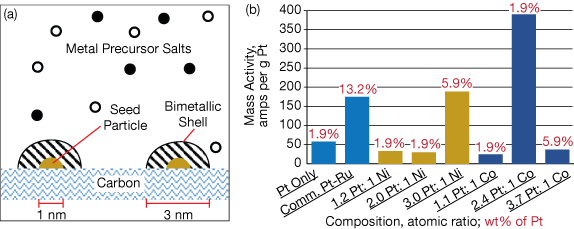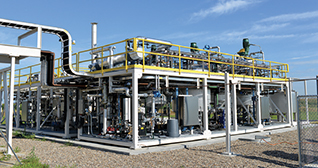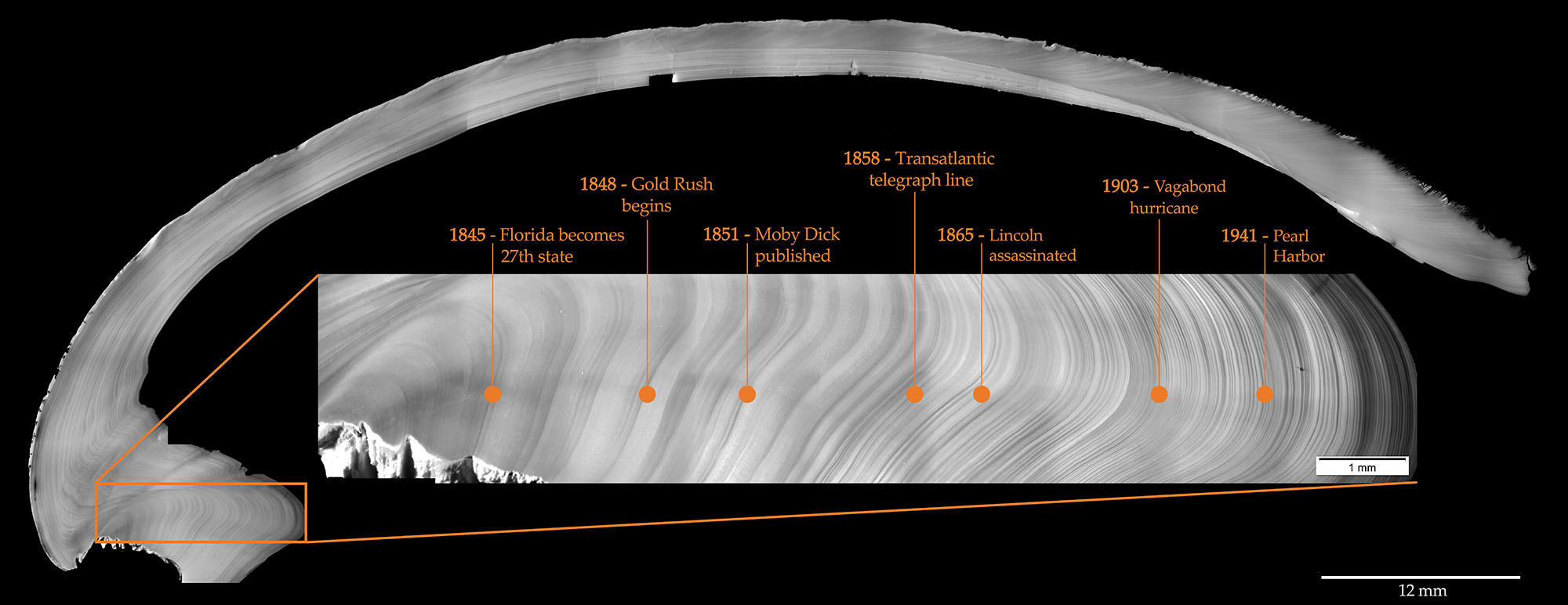Catalyzing Commercialization: Creating Novel Bimetallic Catalysts for Methanol Fuel Cells
Improvements in direct-methanol fuel cells (DMFCs) have been achieved at the Univ. of South Carolina based on a new, easy-to-scale method to synthesize bimetallic catalysts. The two most common types of fuel cells being developed for mobile transportation applications are DMFCs and hydrogen fuel cells. Methanol is safer than hydrogen, and it is easier to handle and install in refueling stations. Whereas a monometallic platinum (Pt) catalyst may be used for H2 fuel cells, a more-expensive bimetallic catalyst — typically consisting of Pt and ruthenium (Ru) — is required for DMFCs.
Learn MoreCatalyzing Commercialization: Cold Sintering Creates New Avenues for Advanced Composites Manufacture
Engineers often want to combine many types of materials into a composite architecture to achieve specific performances in devices, from electronics to biomedical implants. However, material compatibility issues that arise during manufacturing can limit practical realization of these composites.
Learn MoreCatalyzing Commercialization: A New Generation of Bio-Based Adhesives from Bioadvantaged Monomers
Biopolymers, produced at least partially from renewable resources, have gained attention as society, industry, and governments realize the need to move away from petroleum-based materials. There are two main types of biopolymers — bioreplacement polymers and bioadvantaged polymers. Bioreplacement polymers are produced using tools like synthetic biology and catalysis. In this approach, the polymers differ from their petroleum-based competitors only in the age of their carbon.However, achieving cost parity is extremely difficult.
Learn MoreCatalyzing Commercialization: A Closed-Loop Process for Li-Ion Battery Recycling
As the demand for mobile electronics and electric vehicles (EVs) increases, so does the demand for lithium-ion batteries. Recovering the value of these batteries once the devices they power reach their end of life is a challenge. In North America, most used batteries pile up in landfills and only 5% are recycled.
Learn MoreUncovering the Life Cycle of the Ocean Quahog Can Balance Economic and Ecologic Goals
Polished section of the valve of a 170 year old ocean quahaog (Arctica islandica) with inset expansion of the hinge region. 2015 collection, offshore New Jersey. Credit: Sara Pace, University of Southern Mississippi and Chase Long, Virginia Institute of Marine Science
Learn More



